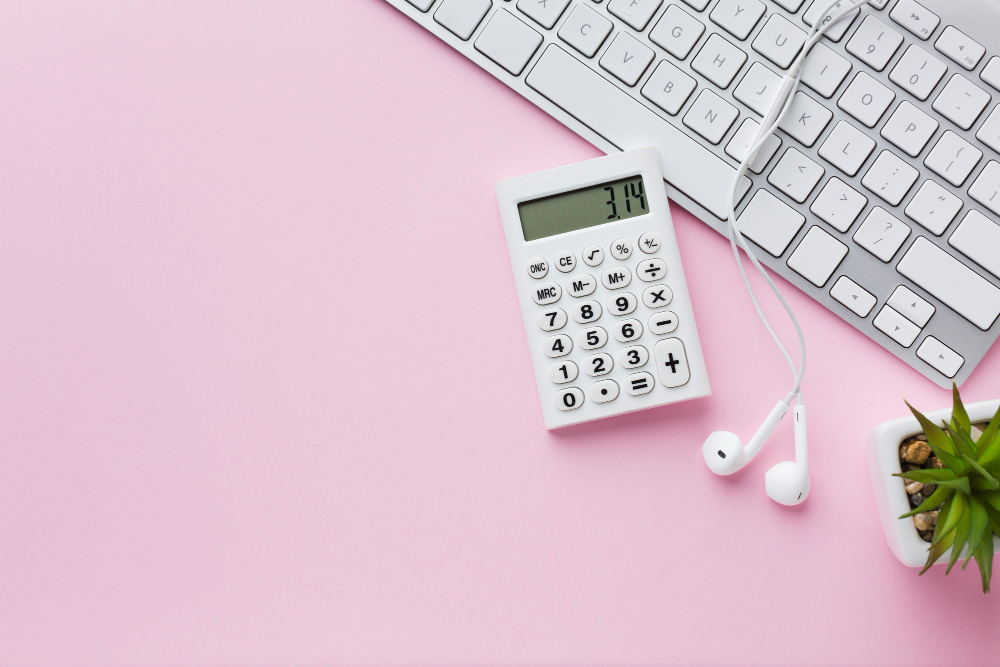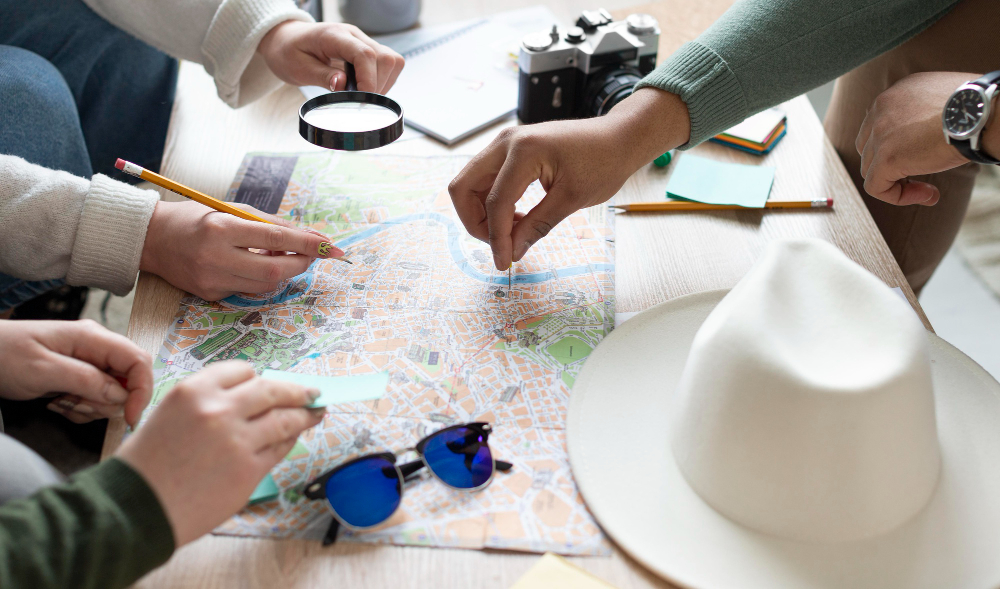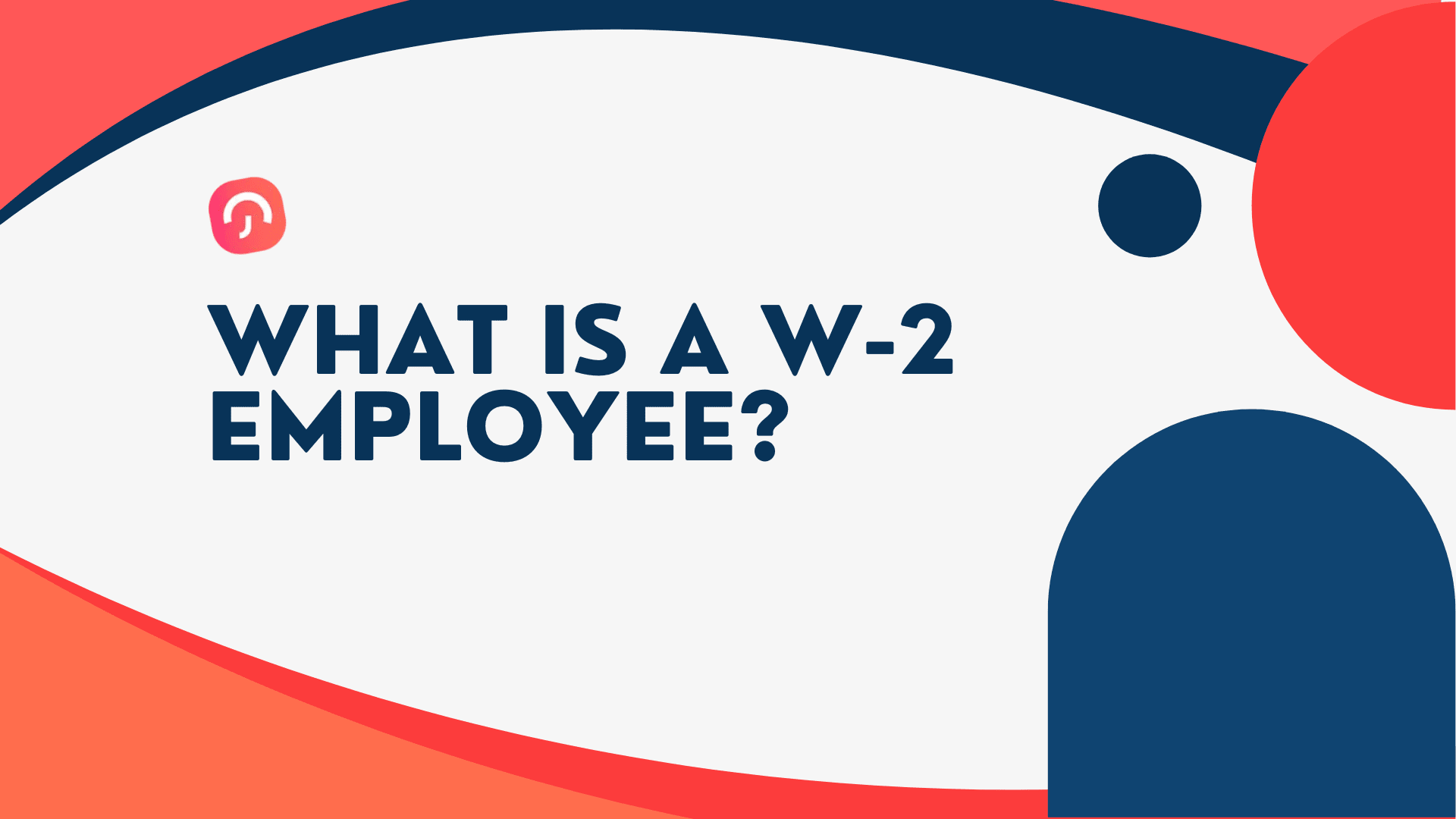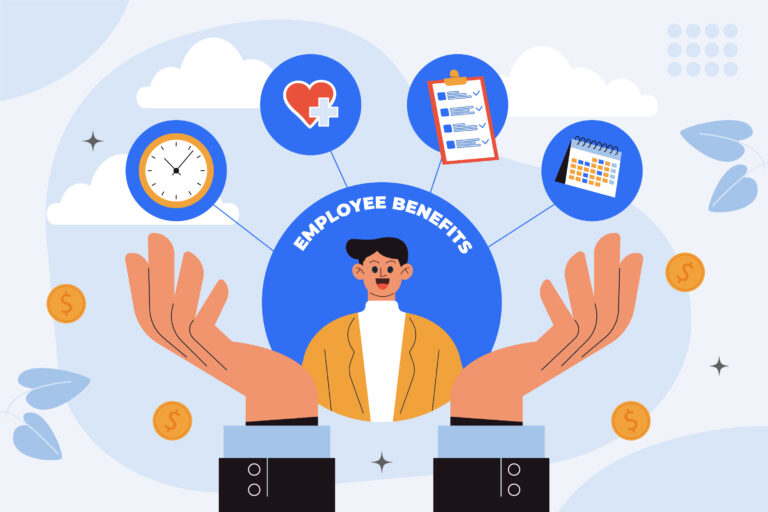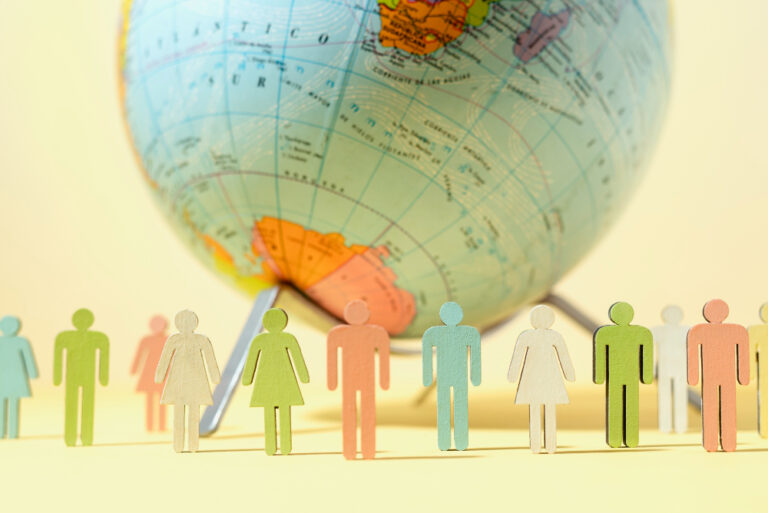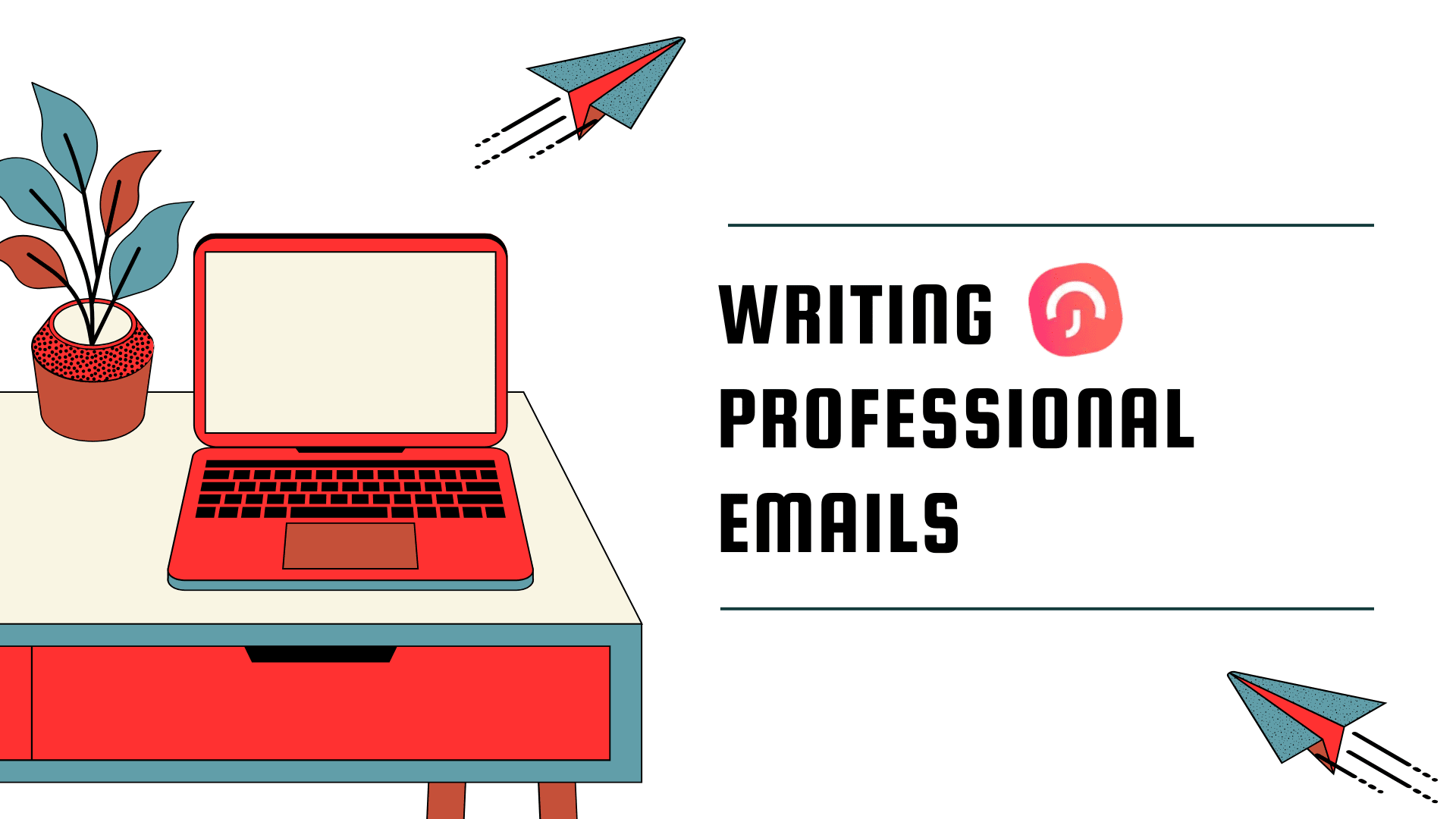Managing employee time off is an essential aspect of running a business effectively. Whether you’re a small startup or a large corporation, keeping accurate records of vacation days, sick leaves, and other forms of absence is crucial for operational efficiency, legal compliance, and employee satisfaction. However, tracking time off can be challenging, especially as your workforce grows and policies become more complex.
This comprehensive guide will help you navigate the intricacies of managing employee time off by covering key aspects such as time-off policies, tracking methods, compliance with labor laws, and technology solutions.
The Importance of Tracking Employee Time Off
Operational Efficiency
When you manage time-off requests effectively, it helps ensure smooth business operations. You can plan for absences, ensuring that teams are adequately staffed and that projects stay on track. Poor management of time off can lead to gaps in productivity, missed deadlines, and overstressed employees who are left to pick up the slack.
Legal Compliance
Most countries have labor laws that regulate employee time off, including paid vacation, sick leave, and family leave. Failing to keep accurate records can lead to violations, fines, and legal disputes. Proper documentation ensures that you’re compliant with local, state, and federal regulations.
Employee Satisfaction
Fair and transparent time-off policies build trust and morale among employees. When employees know they can take time off without worrying about paperwork errors or scheduling conflicts, it boosts job satisfaction, leading to higher retention rates.
Payroll Accuracy
Accurate tracking ensures that employees are compensated correctly for their time off and that overpayments or underpayments are avoided. This is particularly important for calculating paid time off (PTO), unpaid leave, and overtime hours.
Types of Employee Time Off to Track
To effectively manage employee time off, it’s important to understand the different types of leave. Each category has different rules, whether they are mandated by law or company policy.
Paid Time Off (PTO)
PTO is an all-encompassing category that includes vacation days, personal days, and sometimes even sick leave. Some companies offer a set number of days per year, while others use accrual systems based on tenure or hours worked.
Vacation Time
Vacation time is usually separate from sick leave or other forms of leave, and employees may be required to request it in advance. Many companies offer vacation based on seniority, with longer-tenured employees receiving more days off per year.
Sick Leave
Sick leave can be separate from PTO or integrated into a general PTO system. In many places, laws mandate a minimum number of sick days employees are entitled to take without repercussions. Tracking sick leave accurately is crucial to ensuring compliance with these laws.
Family and Medical Leave (FMLA)
In the U.S., the Family and Medical Leave Act (FMLA) requires employers to provide up to 12 weeks of unpaid, job-protected leave per year for certain family and medical reasons. Other countries have similar policies, and it’s essential to track this leave correctly to stay compliant.
Maternity and Paternity Leave
Parental leave policies vary widely by country and company. Many countries have laws dictating the minimum number of weeks an employee can take off for maternity or paternity leave, while some companies offer extended paid or unpaid leave beyond what is legally required.
Bereavement Leave
This type of leave allows employees to take time off in the event of a death in the family. It is usually short, but the number of days granted may vary based on company policy.
Jury Duty or Civic Duty Leave
Many countries require employers to allow employees time off for jury duty or civic obligations. This leave is typically unpaid, but employers must track it for compliance and ensure it doesn’t interfere with business operations.
Unpaid Leave
Sometimes, employees may request unpaid leave for various reasons, such as personal obligations or sabbaticals. It’s essential to track unpaid leave accurately so that it doesn’t affect payroll calculations and overall staffing.
Establishing a Clear Time-Off Policy
A well-defined and transparent time-off policy is the foundation of effective tracking. Without a clear policy, both employees and managers may be confused about how much time off is available, how to request it, and how it is tracked.
Define the Types of Leave Available
Your policy should specify the different types of leave available (vacation, sick, family leave, etc.), how much time employees are entitled to, and how it accrues over time (if applicable). Clearly outline any differences in leave based on factors like seniority, job role, or full-time vs. part-time status.
Explain How to Request Time Off
Employees need a straightforward method to request time off, whether it’s through an online portal, email, or paper forms. Establish how far in advance employees need to request time off for different types of leave (e.g., vacation vs. sick leave), and who will approve the requests.
Set Accrual and Carryover Rules
For companies that offer PTO accrual (where employees earn time off based on the number of hours worked), it’s important to clearly explain how time off accrues. Additionally, clarify whether unused time off can be carried over into the next year, and if so, how much.
Define Blackout Periods
Some companies have blackout periods when time off is restricted due to busy seasons or important deadlines. If your business has these periods, be sure to outline them in your time-off policy so employees can plan accordingly.
Communicate the Consequences of Policy Violations
Lastly, ensure that your policy includes any repercussions for violating the time-off rules, such as taking unauthorized leave or not following the proper request procedures.
Methods for Tracking Employee Time Off
Once a clear policy is in place, the next step is choosing a reliable method to track time off. There are several ways to do this, from manual tracking to automated systems, each with its advantages and disadvantages.
Manual Tracking (Spreadsheets and Paper Forms)
Smaller businesses often use spreadsheets or paper forms to track employee time off. This method is cost-effective and easy to implement, but it comes with several drawbacks:
- Prone to Errors: Manual tracking requires significant attention to detail, and human errors can lead to inaccurate records.
- Time-Consuming: Processing time-off requests and updating records manually takes time, especially as the workforce grows.
- Difficult to Scale: As the company expands, manually tracking time off becomes increasingly difficult to manage.
Time-Off Tracking Software
Dedicated time-off tracking software automates much of the process and is ideal for businesses looking for a scalable solution. Some of the key benefits include:
- Automated Accrual and Carryover Calculations: Software can automatically track PTO accrual and carryover, reducing the likelihood of errors.
- Employee Self-Service: Many platforms allow employees to request time off directly through the software, reducing the administrative burden on HR.
- Centralized Records: All time-off data is stored in one place, making it easy to generate reports, track trends, and stay compliant with legal requirements.
Popular tools for tracking time off include:
- Day Off Leave Tracker
- BambooHR
- Gusto
- ADP Workforce Now
- Toggl Plan
- Zoho People
Integration with Payroll Systems
For larger businesses, integrating time-off tracking with payroll and HR management systems can streamline operations further. These integrated systems ensure that time-off data flows seamlessly into payroll calculations, reducing the risk of payroll errors related to leave balances.
Mobile Apps
Some time-off tracking solutions offer mobile apps, allowing employees to request and view their time-off balances from their phones. This increases accessibility and convenience, especially for remote workers or teams that are often on the move.
Ensuring Compliance with Labor Laws
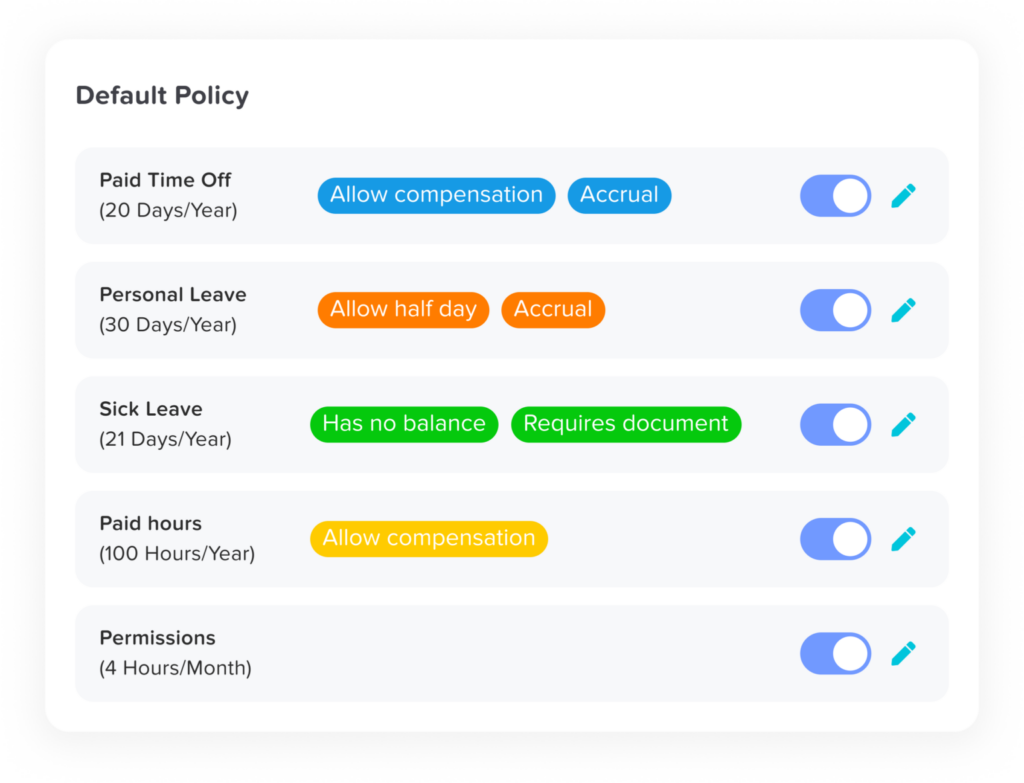
Compliance with local, state, and federal labor laws is a critical aspect of managing employee time off. Failure to comply can lead to legal disputes, fines, and reputational damage. Here are a few steps to ensure compliance:
Understand Federal and State Regulations
Labor laws vary by country, state, and even city. For instance, in the U.S., the Fair Labor Standards Act (FLSA) does not mandate paid time off, but some states, such as California and New York, have their own laws regarding paid sick leave. Familiarize yourself with the relevant regulations in your region.
Maintain Accurate Records
Most jurisdictions require employers to keep records of employee time off, especially sick leave and FMLA leave. Ensure that your time-off tracking system allows you to store these records for the required amount of time.
Ensure Non-Discrimination
Your time-off policy must be applied consistently across all employees to avoid any accusations of discrimination. Make sure that your policies and procedures are transparent and uniformly enforced.
Train Managers and HR Staff
Managers and HR staff should be trained in legal requirements and your company’s time-off policies. They are often the first point of contact for employees requesting time off, so it’s important that they understand the process and compliance obligations.
Best Practices for Managing Time-Off Requests
To effectively manage time-off requests and avoid operational disruptions, follow these best practices:
Encourage Advance Notice
Encouraging employees to request time off in advance helps with scheduling and resource planning. While emergencies and sick leave are unavoidable, asking employees to plan their vacations ahead of time ensures that workloads can be adjusted accordingly.
Create a Backup Plan
In situations where key team members are absent, having a backup plan in place is crucial. Cross-train employees to cover for each other during absences and ensure that someone is always available to handle critical tasks.
Implement a First-Come, First-Served Policy
To prevent scheduling conflicts, particularly during popular vacation periods, consider adopting a first-come, first-served policy. This is fair and transparent, helping avoid disputes between employees.
Be Flexible When Possible
While it’s important to have a clear policy, offering flexibility when possible can improve employee satisfaction. If an employee needs to take unexpected time off, and it won’t disrupt business operations, accommodating their request fosters goodwill.
Leveraging Technology for Time-Off Management
The best way to keep track of employee time off is to leverage technology. Modern HR software can automate much of the tracking and reporting process, reducing errors and saving time. Here’s how technology can help:
Cloud-Based Solutions
Many time-off tracking tools are cloud-based, meaning that employees and managers can access them from anywhere. This is especially beneficial for remote teams or companies with multiple locations.
Real-Time Reporting
With real-time reporting features, managers can instantly view how many employees are scheduled to be off at any given time. This allows for better workforce planning and ensures that projects are adequately staffed.
Customizable Leave Policies
Many HR software solutions allow you to customize leave policies to fit your company’s needs. This flexibility is important for ensuring that your system supports the unique rules and regulations that apply to your business.
Automated Notifications
Automated notifications ensure that managers are alerted when time-off requests are submitted and employees are reminded of upcoming leave. This reduces communication delays and ensures that all parties are on the same page.
FAQ: Common Questions About Tracking Employee Time Off
How should I handle time off for part-time employees?
Part-time employees are typically entitled to time off on a pro-rated basis, depending on the number of hours they work compared to full-time employees. For example, if full-time employees receive 20 days of vacation annually, part-time employees working 50% of the time may receive 10 days. Your company should clearly outline how PTO accrual works for part-time workers in your policy.
Can employees donate their unused PTO to others?
Some companies have policies that allow employees to donate unused vacation or sick days to coworkers in need, especially in cases of medical emergencies or extended family leave. However, this is not a common practice and requires clear policy guidelines to ensure fairness and compliance with local labor laws. It’s important to establish rules around who qualifies and how much leave can be donated.
How can I manage employee time-off requests during peak periods or holidays?
Managing time-off requests during peak business periods can be challenging. Implementing policies like “first-come, first-served” or rotating priority for high-demand time off (such as during holidays) can help reduce conflict. Some companies may also block certain periods for time off to ensure sufficient coverage during busy seasons. Communicating these policies in advance is key.
What happens to unused PTO when an employee leaves the company?
What happens to unused PTO upon an employee’s resignation or termination depends on your local laws and company policy. Some jurisdictions require employers to pay out unused PTO upon separation, while others allow it to expire. Be sure to check the legal requirements in your area and define how PTO is handled for departing employees in your policy.
How do I track time off for remote employees?
Tracking time off for remote employees works similarly to in-office employees, especially if you use cloud-based time-off tracking software. Ensure that remote workers have access to the system and understand how to submit requests. Having automated systems in place helps you manage remote and in-office employees under a unified process.
How do you handle time off when an employee transitions from one department or role to another?
When employees move between departments or roles, it’s important to transfer their time-off balance with them. Whether they gain additional leave due to seniority or the role, or whether their accrual rate changes, update their records in the time-off tracking system to reflect the new balance. It’s also helpful to outline how time off is affected by internal transitions in your company policy.
How do I deal with employees who frequently take unscheduled time off?
Excessive unscheduled time off can disrupt operations and affect team morale. If an employee is frequently calling in sick or taking last-minute leave, address it through performance management. Make sure they understand the proper time-off request process, and determine if there’s an underlying issue like burnout or personal challenges. Tracking patterns and having a clear disciplinary process for policy violations is essential.
What should I do if an employee takes time off without following the proper procedure?
If an employee takes time off without following company policy, such as failing to notify their manager or request leave through the appropriate system, you should address it in line with your company’s disciplinary procedures. This may include a verbal or written warning. Communicate clearly about the importance of following established procedures and the consequences of non-compliance.
Is it necessary to track unpaid leave separately from paid leave?
Yes, it’s important to track unpaid leave separately from paid leave to ensure accuracy in payroll processing and legal compliance. Unpaid leave, like extended personal leave or time off for civic duties, can affect paychecks and benefit calculations. Most HR software systems allow for separate tracking of different types of leave, including unpaid time off.
How often should I update employees on their time-off balances?
It’s a good practice to update employees on their time-off balances at least quarterly, although many companies provide real-time updates through self-service portals in HR software. Regular updates help employees plan their time off and avoid confusion over how much leave they have available.
Conclusion
Effectively tracking employee time off is a critical component of workforce management. By establishing a clear time-off policy, choosing the right tracking method, ensuring legal compliance, and leveraging modern HR software, you can streamline the process and maintain operational efficiency. Not only does this lead to a more productive workplace, but it also fosters a positive culture where employees feel their time off is managed fairly and transparently.
Whether you’re managing a small team or a large enterprise, taking a proactive approach to tracking employee time off will ensure you stay compliant, organized, and prepared for any staffing challenges that arise.



